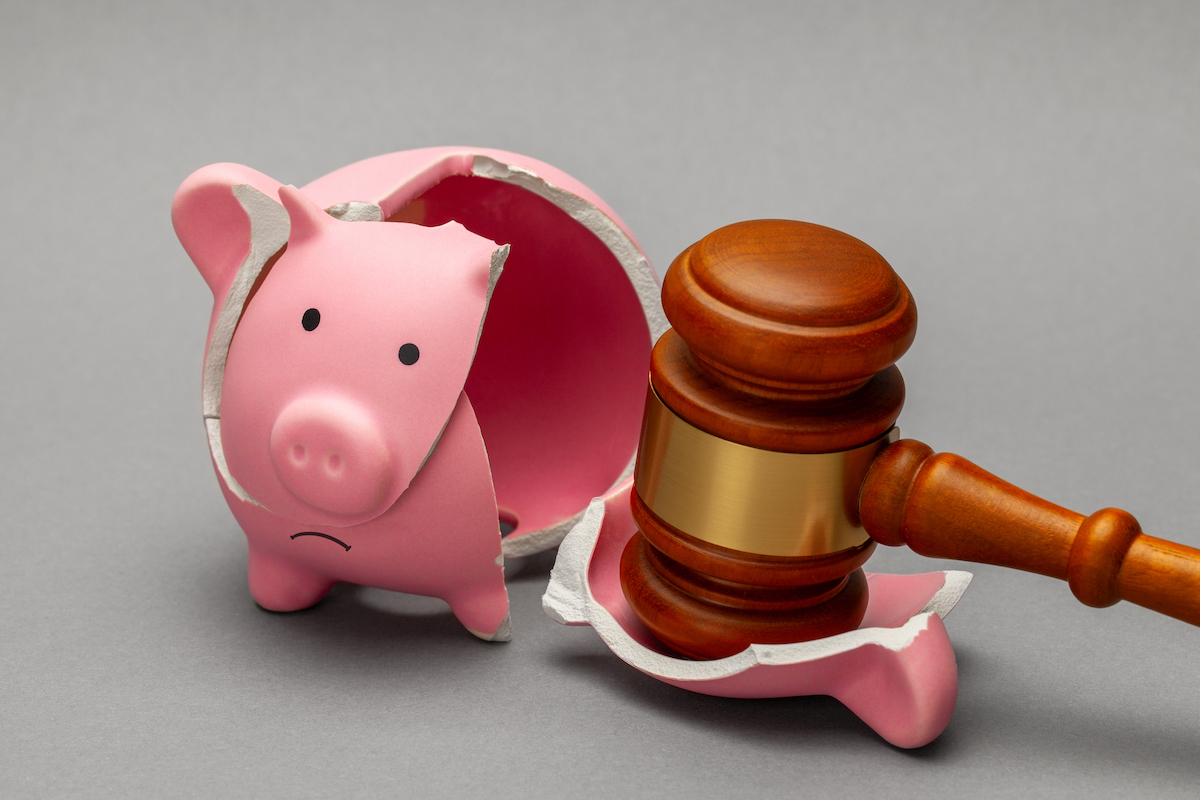





Partner/Owner at Debt Advisors Law Offices
Practice Areas: Chapter 7 Bankruptcy, Chapter 13 Bankruptcy, Stop Foreclosure

Running a small business comes with highs and lows. When financial challenges begin to outweigh opportunities, owners often feel trapped between mounting bills and uncertain futures. Bankruptcy may seem intimidating, but it can also be a lifeline that helps businesses regroup and move forward.
Rather than being viewed as failure, it’s better understood as a tool designed to protect assets, restructure debt, and provide clarity during difficult times. For example, options like Chapter 13 bankruptcy in Wisconsin allow sole proprietors to create manageable repayment plans while continuing operations.
This blog explores how bankruptcy works for small businesses, the differences between available chapters, and the strategies that can help owners recover stronger than before.
Not all bankruptcies are the same. Different chapters of the U.S. Bankruptcy Code are designed for different situations. For small business owners, the most relevant are Chapter 7, Chapter 11, and Chapter 13.
In Wisconsin, exemptions may apply that allow owners to keep certain property even in Chapter 7. More details are available through Wisconsin’s Department of Financial Institutions.
One of the most immediate benefits of filing for bankruptcy is the automatic stay. Under federal law (11 U.S.C. § 362), this halts most collection activities, including lawsuits, foreclosures, and repossessions.
This protection gives small businesses breathing room to regroup. In Chapter 11, it allows operations to continue while restructuring debt. Even in Chapter 7, exemptions may protect essential assets needed to maintain livelihood.
When faced with overwhelming debt, small businesses often compare bankruptcy with debt consolidation. While both provide relief, they operate very differently.
|
Factor |
Bankruptcy (Ch. 7, 11, 13) |
Debt Consolidation |
| Debt Reduction | Possible discharge or restructuring | No reduction, only repayment restructuring |
| Credit Impact | Significant short-term damage, potential for long-term recovery | Less immediate damage, but high risk if payments missed |
| Legal Protection | Automatic stay halts collections | No legal protection |
| Business Continuity | Chapter 11/13 allow continuation | Business continues if payments manageable |
| Costs | Court fees, attorney fees, possible asset liquidation | New loan interest and fees |
Debt consolidation may simplify payments but does not reduce what is owed. Bankruptcy, while harder on credit initially, can remove or restructure debt and give long-term relief.
“Case outcomes vary based on individual facts. Past successes do not guarantee future results.”

Filing for bankruptcy does not mean the end of a small business. In fact, it can mark the beginning of a stronger financial future. Owners should first examine what caused the financial distress. Was it poor cash flow management, high overhead, or economic shifts? Learning from these challenges prevents repeat mistakes.
Next, creating a realistic business plan is essential. This plan should include detailed budgeting, expense control, and strategies for sustainable growth. Rebuilding credit is also possible by making on-time payments and using credit responsibly.
A common misconception is that bankruptcy equals failure. In reality, it is a legal pathway designed to provide relief and allow businesses to reset.
According to the U.S. Small Business Administration, nearly half of small businesses close within five years due to financial challenges. Bankruptcy provides a structured option to address these struggles rather than letting them spiral.
Bankruptcy does not always mean shutting down. Under Chapter 11 and sometimes Chapter 13, businesses can continue operating while repaying debts. Instead of failure, it can be a turning point toward survival and future stability.
Filing for bankruptcy as a small business owner involves a series of steps designed to protect both the business and its creditors. Understanding how the process works can make it feel less overwhelming.
By following these steps, the legal process creates order during financial distress and helps small businesses find a structured way forward.
Yes. Certain chapters allow restructuring debts, enabling many businesses to continue operations and regain financial stability.
Chapter 7 involves liquidation, Chapter 11 focuses on reorganization, and Chapter 13 suits sole proprietors with smaller debts.
Bankruptcy harms credit short term, but businesses can rebuild through careful planning, timely payments, and transparent financial practices.
Debt consolidation may simplify payments but doesn’t reduce debt. Bankruptcy can eliminate or restructure obligations under legal protection.
Yes. Some property may be exempt, allowing owners to keep essential assets during or after the bankruptcy process.
Analyze past mistakes, create a strong business plan, manage costs wisely, and rebuild credit responsibly.
Bankruptcy should not be seen as the end of the road for small businesses. It is a legal framework designed to provide debt relief, protect assets, and create a path toward recovery. By understanding different chapters, weighing options like debt consolidation, and planning for life after bankruptcy, small business owners can navigate financial challenges with confidence.
If your business is facing overwhelming debt, working with a Wisconsin bankruptcy lawyer can help you explore the right path forward. Debt Advisors Law Offices offers a free consultation to discuss your options under the Bankruptcy Code and provide clear guidance for your next steps. Taking action today could set the stage for a stronger tomorrow.

Learn about bankruptcy protections, types of bankruptcy, how to get started, what to expect, and who to trust. Filing bankruptcy is the ONLY way to completely eliminate debt. If bankruptcy is right for you, it offers powerful protections that cannot be achieved through alternative solutions such as hardship relief, loans, or debt settlement.